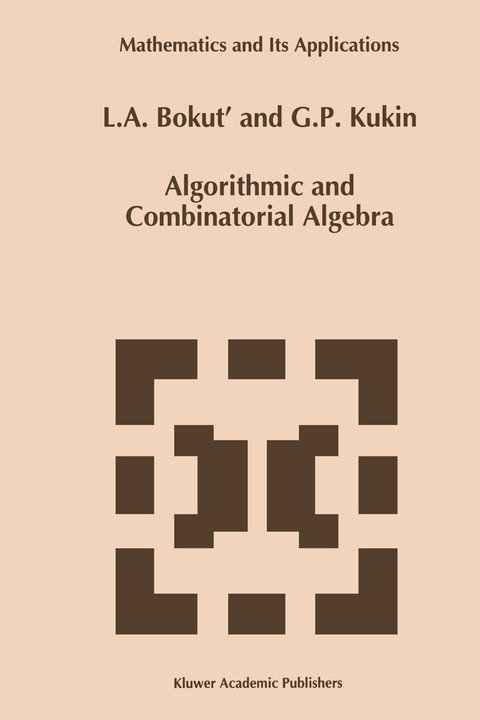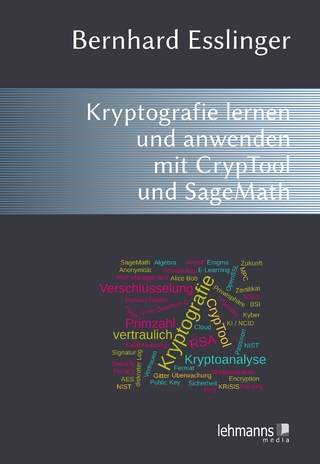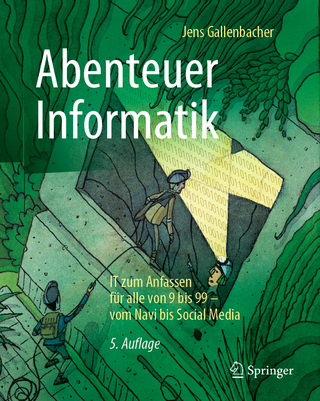
Algorithmic and Combinatorial Algebra
Springer (Verlag)
978-94-010-4884-2 (ISBN)
1 Composition Method for Associative Algebras.- 1.1 Introduction.- 1.2 Free Semigroups and Free Groups.- 1.3 The Composition Lemma.- 1.4 The Composition Lemma for Semigroup Algebras.- 1.5 The Generalised Clifford Algebra and Some Other Examples.- 1.6 Finite-Dimensional Representation of a Generalised Clifford Algebra.- 1.7 More on Embeddings into Simple Algebras.- 2 Free Lie Algebras.- 2.1 Introduction.- 2.2 The Definition of Free Lie Algebras.- 2.3 Projective Algebras.- 2.4 Elementary Transformations and Automorphisms of Free Algebras.- 2.5 Lie Algebra Derivations.- 2.6 The Ideal of Codimension 1.- 2.7 Constructing Generators for an Arbitrary Subalgebra in a Free Lie Algebra.- 2.8 The Shirshov Theorem on Free Lie Algebra Subalgebras.- 2.9 Automorphisms of Free Lie Algebras of Finite Rank.- 2.10 A Criterion for a Lie Algebra to be Free.- 2.11 Bases of a Free Lie Algebra.- 2.12 Construction of Free Lie Algebras.- 2.13 Universal Enveloping Associative Algebra.- 2.14 On Subrings of Free Rings with Operators.- 2.15 Embedding Lie Rings into Associative Rings with Operators.- 2.16 Restricted Lie Algebras.- 2.17 Relatively Free Lie Algebras.- 2.18 Embedding Countable-Dimensional Lie Algebras into Lie Algebras with Two Generators.- 2.19 The Residual Finiteness of Associative and Lie Algebras.- 2.20 Residual Finiteness of Free Rings and Algebras.- 3 The Composition Method in the Theory of Lie Algebras.- 3.1 Introduction.- 3.2 The Composition Lemma.- 3.3 Formulation of Decision Problems. One-Relator Lie Algebras.- 3.4 Embedding Lie Algebras into Simple Lie Algebras.- 3.5 The Main Algorithmic Problems for Lie Algebras are Unsolvable.- 3.6 Unrecognizable Markov Properties for Finitely Presented Lie Algebras.- 3.7 Defining Relations of a Subalgebra.- 3.8 Residual Finiteness and Decision Problems.- 3.9 On Residual Finiteness of One-Relator Lie Algebras.- 3.10 Constructing Free Resolutions.- 3.11 Cohomological Dimension of Almost Free Lie Algebras.- 4 Amalgamated Products of Lie Algebras.- 4.1 Introduction.- 4.2 Definition of Amalgamated Products.- 4.3 Constructing the Free Product of Associative Algebras without 1.- 4.4 Constructing the Amalgamated Product of Lie Algebras.- 4.5 Subalgebras of the Free Product of Lie Algebras.- 4.6 Generators of a Subalgebra of the Free Product of Lie Algebras.- 4.7 Decomposition of a Free Product into the Sum of Two Subalgebras, One Free.- 4.8 Decomposition of a Subalgebra of a Free Product into the Sum of Two Subalgebras, One Free.- 4.9 The Theorem on Subalgebras of an Amalgamated Product of Lie Algebras.- 4.10 Free Subalgebras in a Free Product of Lie Algebras.- 4.11 The Case in Which the Kurosh Formula Almost Holds.- 4.12 Supplementary Facts on Free Products.- 4.13 Residual Finiteness of Free Products of Associative and Lie Algebras.- 4.14 Residual Finiteness of Free Soluble Lie Algebras with respect to Inclusion into Finitely Generated Subalgebras.- 4.15 On Residual Finiteness of Free Soluble Groups with respect to Inclusion into Finitely Generated Subgroups.- 4.16 On Residual Properties of Free Products of Lie Algebras. Central Systems in Free Products.- 5 The Problem of Endomorph Reducibility and Relatively Free Groups with the Word Problem Unsolvable.- 5.1 Introduction.- 5.2 When the Problem of Endomorph Reducibility for Relatively Free Rings is Unsolvable.- 5.3 When the Problem of Endomorph Reducibility is Solvable.- 5.4 The Problem of Endomorph Reducibility for Relatively Free Groups.- 5.5 The Variety R Included in NN.- 5.6 The Free Group T of the Variety
$$ (/mathcal{A}_2^2 /cap /mathcal{N}_2 )/mathcal{A}_2 /mathcal{R} $$ and its Quotient Group S.- 5.7 The Main Construction.- 5.8 Application to Constructing Non-Finitely-Based Varieties.- 5.9 An Interpretation of Polynomials.- 5.10 Unsolvability of Some Algorithmic Problems in the Theory of Group.- 6 The Constructive Method in the Theory of HNN-extensions. Groups with Standard Normal Form.- 6.1 Introduction.- 6.2 Novikov-Boone Groups.- 6.3 The Novikov Lemma and the Britton Lemma.- 6.4 The Definition of Groups with Standard Normal Form.- 6.5 The Novikov Group AP1P2.- 6.6 The Boone Group.- 7 The Constructive Method for HNN-extensions and the Conjugacy Problem for Novikov-Boone Groups.- 7.1 Introduction.- 7.2 The Conjugacy Problem for the Group G1.- 7.3 The Group G2.- 7.4 Some Calculuses.- 7.5 The Conjugacy Problem for the Group AP1P2.- 7.6 Auxiliary facts.- Appendix 1 Calculations in Free Groups.- Appendix 2 Algorithmic Properties of the Wreath Products of Groups.- Appendix 3 Survey of the Theory of Absolutely Free Algebras.
| Reihe/Serie | Mathematics and Its Applications ; 255 | Mathematics and Its Applications ; 255 |
|---|---|
| Zusatzinfo | XVI, 384 p. |
| Verlagsort | Dordrecht |
| Sprache | englisch |
| Maße | 160 x 240 mm |
| Themenwelt | Informatik ► Theorie / Studium ► Algorithmen |
| Mathematik / Informatik ► Mathematik ► Algebra | |
| Mathematik / Informatik ► Mathematik ► Analysis | |
| ISBN-10 | 94-010-4884-3 / 9401048843 |
| ISBN-13 | 978-94-010-4884-2 / 9789401048842 |
| Zustand | Neuware |
| Informationen gemäß Produktsicherheitsverordnung (GPSR) | |
| Haben Sie eine Frage zum Produkt? |
aus dem Bereich


